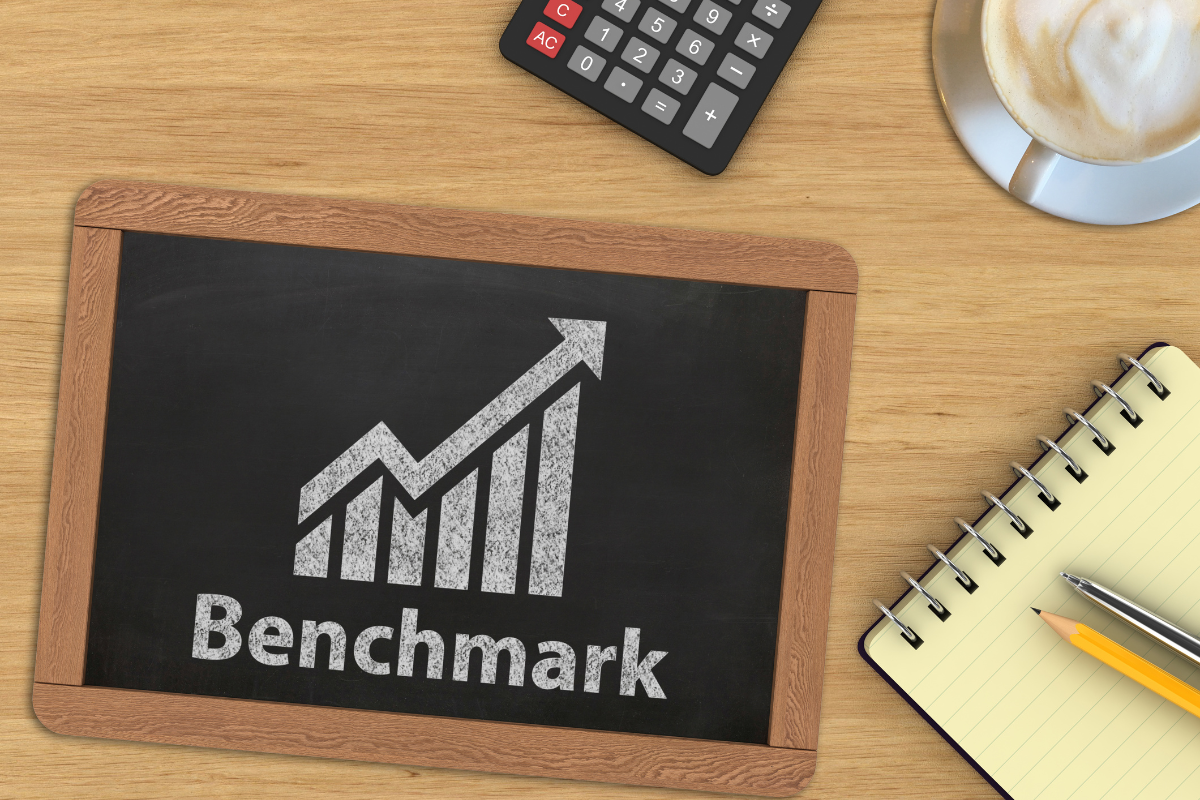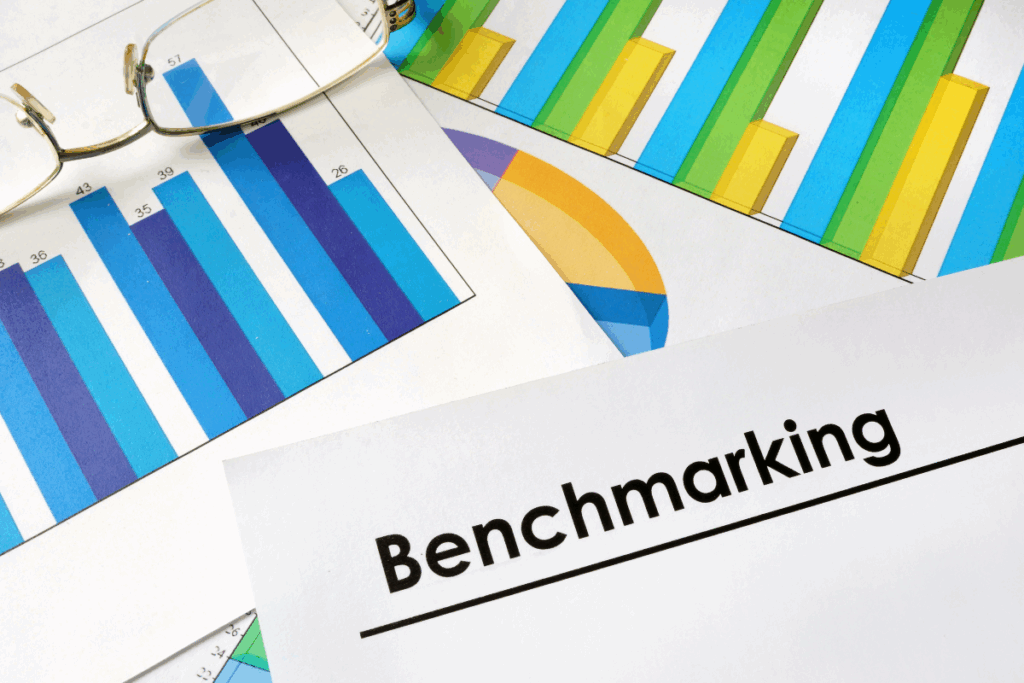
In an economically vibrant and fast-paced city-state like Singapore, understanding one’s personal financial standing is crucial for achieving long-term stability and security. Simply earning a decent wage is often not enough; a more nuanced approach involves benchmarking your financial position against key indicators relevant to the local context. This guide provides an informative and data-driven overview of ten essential financial benchmarks, using illustrative statistics for 2025 to help you assess your progress. By comparing your own financial metrics to these standards, you can gain a clearer perspective on your financial health, identify areas for improvement, and formulate a robust strategy for the future. Please note that the statistics used in this article are for illustrative purposes and should be cross-referenced with the latest official figures.
1. Median Monthly Income
Comparing your monthly earnings to the national median is the first step in understanding your financial position. For 2025, the median gross monthly income from work for full-time employed residents is estimated to be around S5,500. For households, the median monthly house hold income from work is approximately S11,500. If your individual income falls below the median, it may signal an opportunity to upskill or seek roles with higher remuneration. Conversely, earning above the median suggests a strong earning power, but it is important not to let lifestyle inflation erode this advantage. The goal is to ensure your income growth keeps pace with, or ideally outpaces, the rising cost of living in Singapore, which remains a significant factor in financial planning. These benchmarks provide a baseline against which you can measure your career progression and salary expectations.
2. Savings Rate
A healthy savings rate is fundamental to financial security. Given Singapore’s high cost of living and the need to save for major life events, a recommended savings rate for a typical Singaporean household is between 20% and 30% of their take-home pay. For instance, if your net monthly income is S4,000, aiming to save at least S800 per month would place you in a strong position. This figure is a blend of contributions to an emergency fund, long-term investments, and short-term goals. The rationale behind this benchmark is to balance current expenditure with future needs, ensuring that a substantial portion of your earnings is working for you rather than being consumed entirely by daily costs. Individuals with higher incomes may be able to achieve a higher savings rate, accelerating their journey towards financial independence.
3. Emergency Fund Size
An emergency fund is a critical safety net, designed to cover unexpected expenses without resorting to debt. In the context of Singapore’s economy, a minimum of six to nine months’ worth of essential expenses is the widely accepted benchmark. This amount should be kept in a highly liquid account, such as a high-yield savings account. For example, if your average monthly expenditure is S3,000, your emergency fund should be between S18,000 and S$27,000. This benchmark is particularly relevant in Singapore due to the potential for sudden job market shifts or medical emergencies, where having ready access to cash can prevent significant financial hardship. Having a robust emergency fund provides peace of mind and the flexibility to navigate life’s uncertainties without compromising your long-term financial goals.
4. Debt-to-Income Ratio
The debt-to-income (DTI) ratio is a crucial measure of your ability to manage monthly debt repayments. Financial experts in Singapore suggest that your total monthly debt obligations—including housing loans, car loans, and credit card payments—should not exceed 35% to 40% of your gross monthly income. For a person earning S5,500 a month, this would mean keeping total debt repayments below S2,200. Maintaining a low DTI ratio is essential for two key reasons: it frees up cash flow for savings and investments, and it signals to financial institutions that you are a responsible borrower, which can be advantageous when applying for future loans. Exceeding this benchmark often indicates that a significant portion of your income is being used to service debt, leaving little room for financial flexibility or wealth building.
5. CPF Balances
The Central Provident Fund (CPF) is the cornerstone of Singapore’s social security system, and tracking your balances is vital for retirement and healthcare planning. While your CPF contributions are a percentage of your salary, it is important to know how your balances compare to the national averages for your age group. For instance, by the age of 40, a typical Singaporean might aim to have around S150,000 in their Ordinary Account(OA),S80,000 in their Special Account (SA), and S$40,000 in their MediSave Account (MA). These figures are a rough guide to ensure you are on track to meet future needs, such as a housing down payment (OA), retirement income (SA), and medical expenses (MA). Actively monitoring these balances and making voluntary contributions can help you bridge any gaps and secure your financial future.
6. Retirement Fund Progress
Beyond CPF, having a clear picture of your total retirement savings is essential. A common benchmark for retirement planning is the “rule of 25,” which suggests you should aim to have 25 times your annual expenses saved by the time you retire. For Singaporeans, a more tailored benchmark involves a tiered approach by age. For example, by the age of 35, you should aim to have accumulated a retirement nest egg equivalent to your annual expenses. By 45, this figure should grow to around five times your annual expenses, and by 55, ten times. These benchmarks are designed to ensure you are accumulating wealth at a pace that will allow you to maintain your desired lifestyle after you stop working. Regularly reviewing this progress is a crucial part of a sound financial plan.
7. Property Affordability Ratio
Given that property is often the largest single expense for most Singaporeans, the property affordability ratio is a critical benchmark. A general rule of thumb is that your total housing loan repayments, including mortgage and property tax, should not exceed 30% of your gross monthly income. For a household earning S11,500, this would mean keeping housing costs below S3,450. Additionally, the benchmark for a prudent home purchase is for the property price to be no more than five to seven times your annual household income. Adhering to this ratio prevents you from becoming “house poor,” a situation where a disproportionate amount of your income is tied up in housing costs, leaving little for other financial goals.
8. Investment Portfolio Allocation
Your investment portfolio’s allocation should be aligned with your age, risk tolerance, and financial goals. For a typical Singaporean in their 30s, a balanced portfolio might consist of 70% equities (e.g., Singapore-listed stocks, ETFs) and 30% fixed income (e.g., government bonds, fixed deposits). As you age and approach retirement, the allocation should become more conservative, shifting towards a 50/50 or even 40/60 split to protect capital. The benchmark here is not just about the specific percentages but about having a clear, disciplined strategy that matches your stage in life. This ensures you are taking on an appropriate level of risk to generate returns without jeopardising your core financial security.
9. Insurance Coverage
Having adequate insurance coverage is not a luxury but a necessity in Singapore. A good benchmark for life insurance is to have coverage of ten times your annual income. This is to ensure that your dependents would be financially supported in the event of your untimely demise. For critical illness, a common benchmark is to have coverage equivalent to five years’ worth of your annual income or expenses. Additionally, having comprehensive hospitalisation and surgical insurance, such as an Integrated Shield Plan, is non-negotiable for all residents. These benchmarks help ensure that you and your loved ones are protected from significant financial shocks caused by unforeseen health issues or accidents, which are a major risk to any financial plan.
10. Net Worth by Age
Your net worth—the total value of your assets minus your liabilities—is the ultimate measure of your financial progress. Benchmarking your net worth by age provides a clear picture of your wealth accumulation trajectory. For a Singaporean aged 30, a net worth of around S150,000toS200,000 might be considered a reasonable goal. By age 40, this could grow to S500,000toS700,000, and by 50, a net worth of S1.5milliontoS2 million would put you in a strong position for retirement. These figures are broad-based and can vary widely based on individual circumstances, but they provide a useful guidepost. Actively tracking your net worth on an annual basis allows you to monitor your progress and make necessary adjustments to your financial strategy.
Conclusion

Navigating the financial landscape of Singapore can be challenging, but by using these ten key benchmarks, you can gain a much clearer understanding of your personal financial health. From your median income and savings rate to your retirement fund progress and net worth, each benchmark offers a valuable data point for self-assessment. These figures are not rigid rules but rather useful guideposts that can help you gauge your performance and make informed decisions. By proactively monitoring your financial position against these standards, you can build a more secure, stable, and prosperous future for yourself and your family in one of the world’s most dynamic economies. Remember that financial planning is a lifelong journey, and consistent effort is the key to success.







